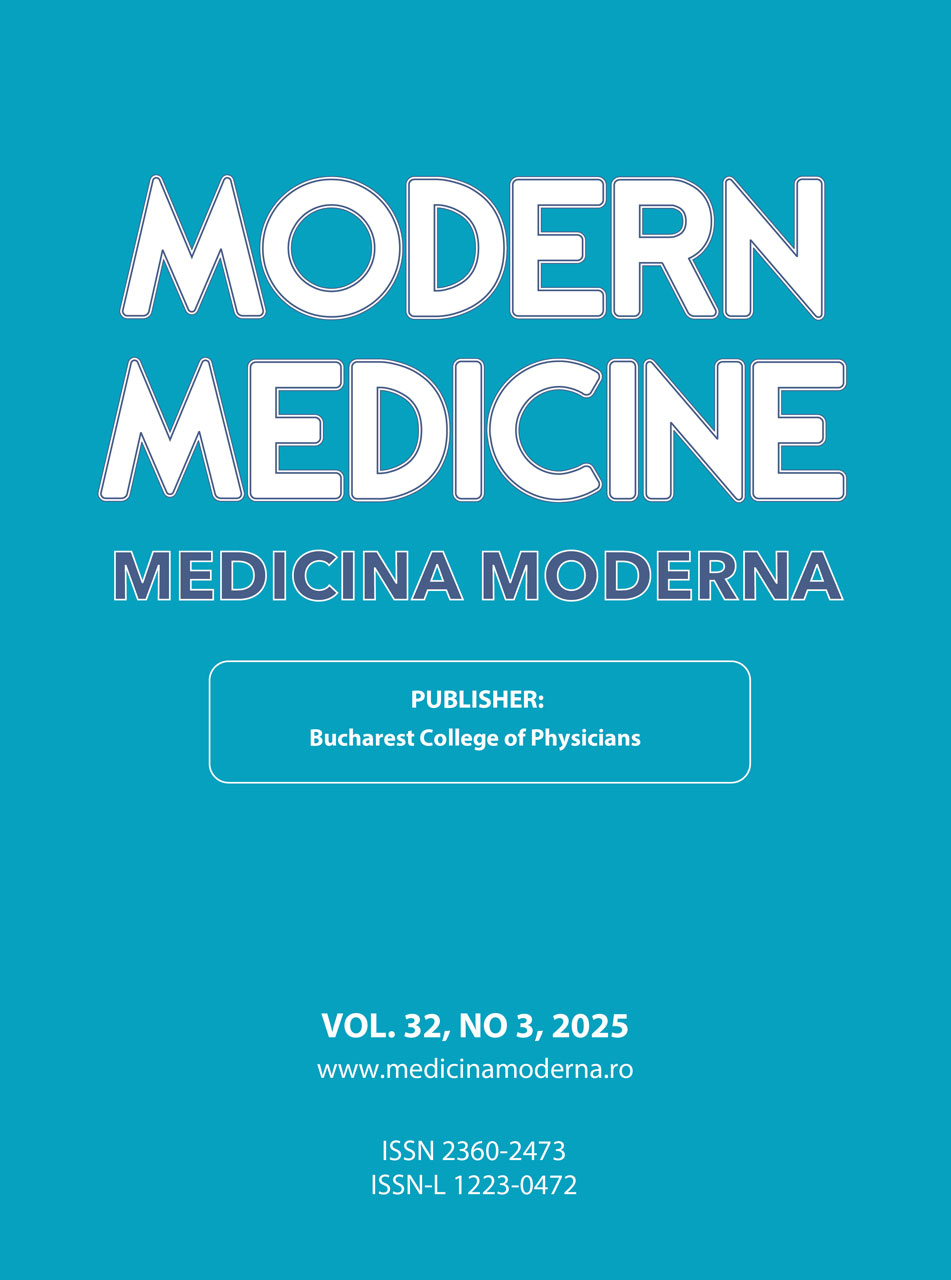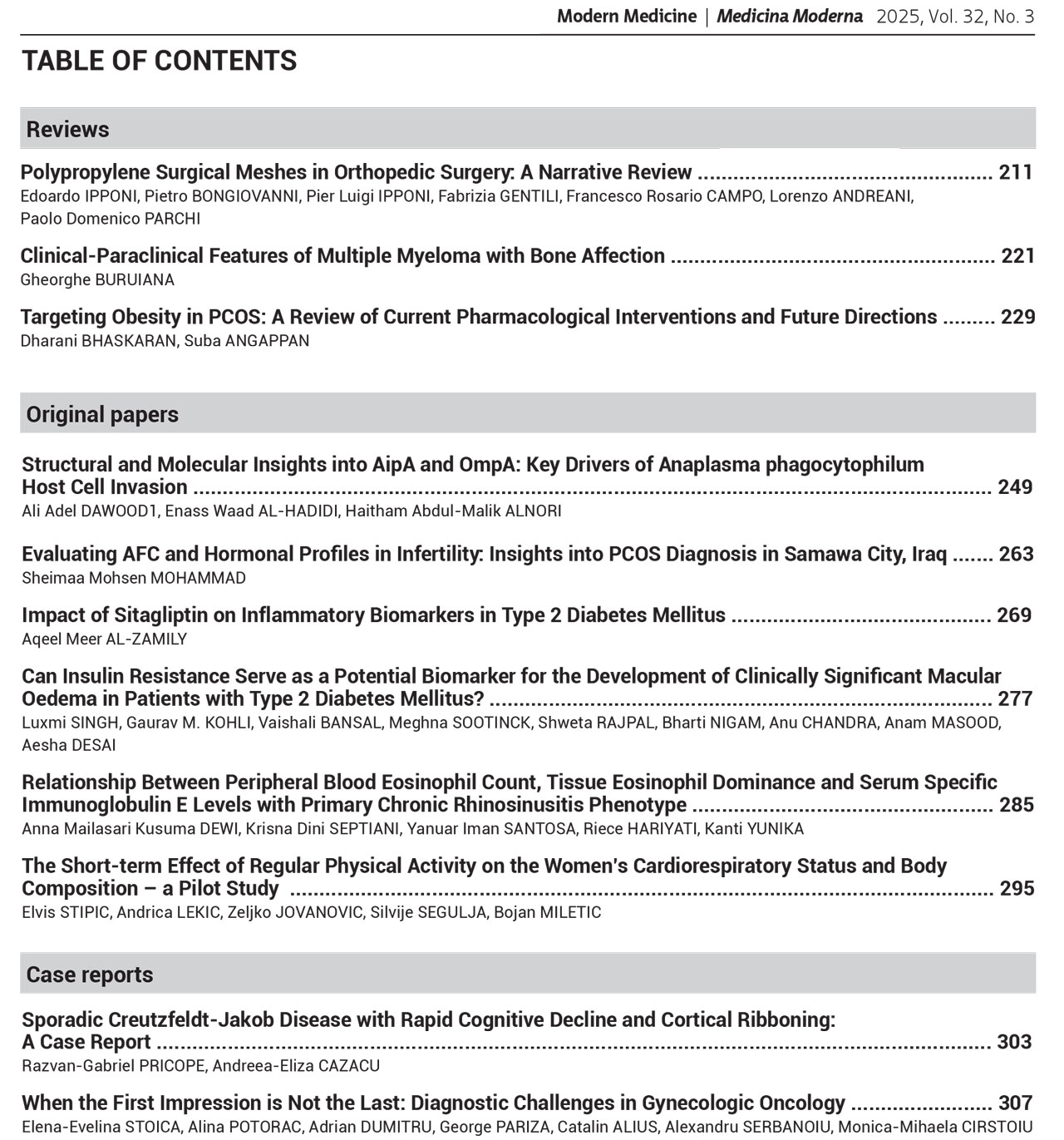Background: Polycystic ovary syndrome (PCOS) is the single most common endocrine-metabolic disorder among reproductive-aged women, characterized by hyperandrogenism (HA), ovulatory dysfunction (IM), and polycystic ovarian morphology (PCO). The antral follicle count (AFC) has been widely used as a diagnostic marker for PCOS, yet optimal cutoff values may vary by population.
Objective: This study aims to explore the correlation between AFC and PCOS diagnosis in women from Samawa City, identifying a population-specific AFC threshold associated with infertility.
Methods: We conducted a cross-sectional study involving 30 married women with primary or secondary infertility, excluding other common causes of anovulation. Hormonal profiles, including luteinizing hormone (LH), follicle-stimulating hormone (FSH), and anti-Müllerian hormone (AMH), were assessed alongside transvaginal ultrasound measurements of AFC. According to the international evidence-based PCOS guideline, ultrasound should not be used in patients with a gynecological age of <8 years; thus, we excluded subjects in their teens (<18 years) and also excluded subjects (<35 years) to minimize the effect of age.
Results: The mean AFC was 21 ± 5 follicles, with significant variation by age (p = 0.014). AFC demonstrated a strong positive correlation with AMH (rho = 0.672, p < 0.001) and a moderate correlation with LH (rho = 0.423, p = 0.020), while no significant correlation was found with FSH (rho = – 0.084, p = 0.659). The majority of participants (77%) had secondary infertility. Standard PCOS-associated features included hirsutism (63.3%), acne (56.7%), and alopecia (50%).
Conclusion: AFC is positively associated with LH and AMH levels, supporting its role in PCOS diagnosis. Our findings suggest that an AFC threshold specific to the local population may improve diagnostic accuracy and inform reproductive health strategies in Samawa City.





